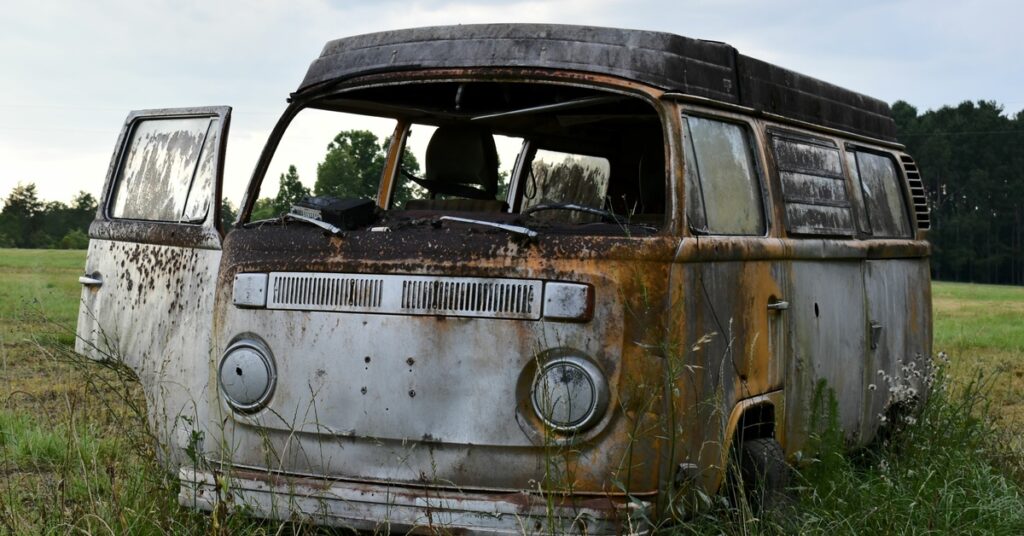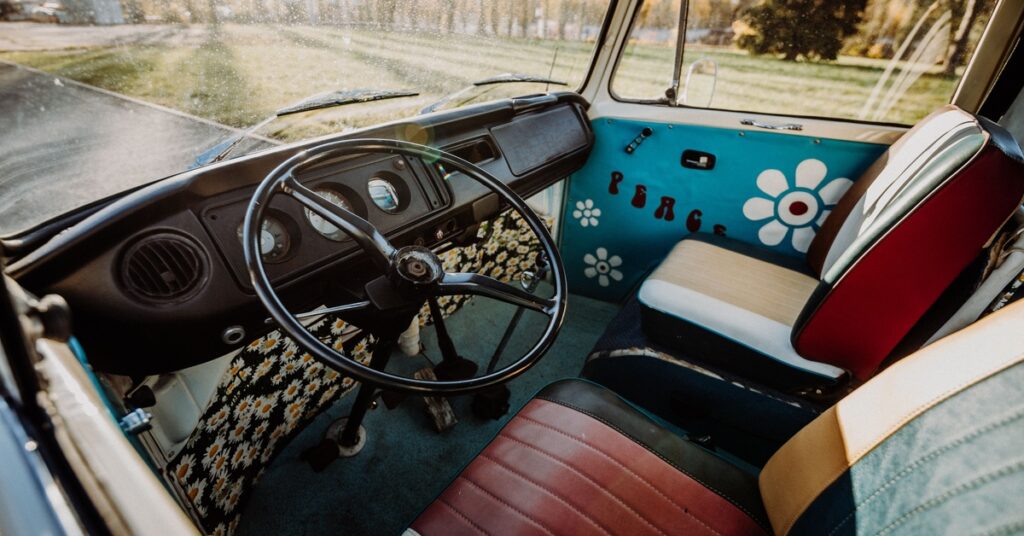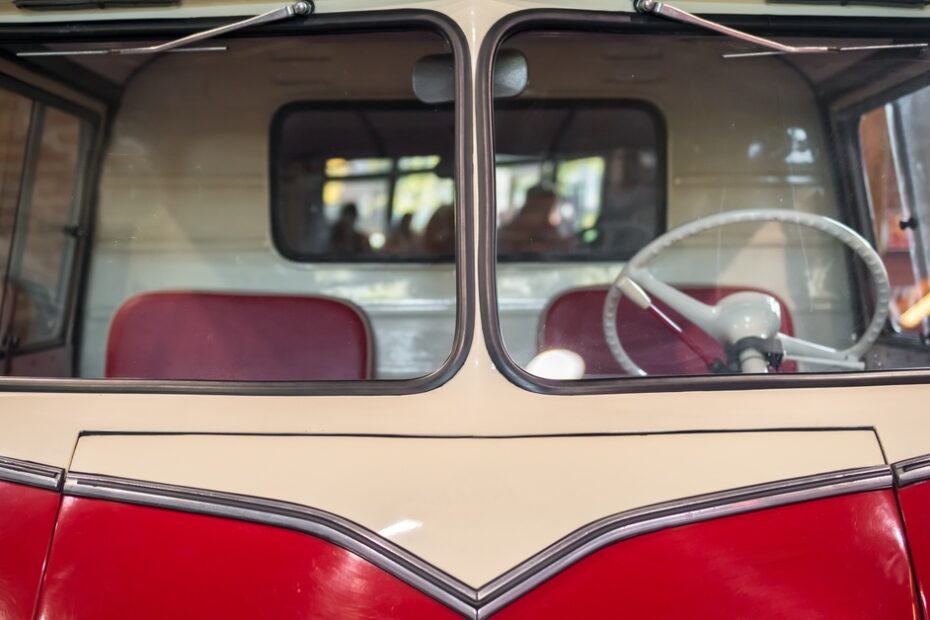Restoring a classic VW Bus is an undertaking that combines technical skill, patience, and a genuine appreciation for automotive history. Knowing what to expect keeps your project on track and helps you avoid costly mistakes, whether you’re a seasoned technician or a DIYer. Here are some common issues in restoring a VW Bus and how to solve them with tried-and-true solutions.
Rust and Corrosion
Rust is one of the most common issues you’ll encounter during a VW Bus restoration. With their steel bodies and relatively exposed undercarriages, these vehicles are particularly vulnerable to corrosion. Over the years, moisture finds its way into wheel arches, rocker panels, floor pans, and hidden recesses beneath carpets or within door sills. When left unchecked, rust mars the appearance of your Bus and compromises its structural integrity, endangering drivers and lowering the resale value.
Tackle rust with a thorough inspection, and pay attention to both obvious and concealed spots. When faced with severe rust, replacing affected panels using prefabricated sections is the safest approach. A rust converter neutralizes active corrosion for smaller areas, and a reliable primer will offer future protection.

Sourcing Vintage Parts
One of the joys and challenges of restoring a VW Bus is the pursuit of authenticity, which often hinges on sourcing the right parts. For early models such as the Split Window or some later Bay Window configurations, vintage VW Bus parts are becoming increasingly rare.
Fortunately, M & T Mfg Co offers high-quality reproduction parts that look and function just like the originals. The overall restoration process may take time, but you’ll be able to take pride in maintaining historical accuracy in your work.
Electrical System Failures
The original electrical systems in classic VW Buses often need extensive upgrades. Decades of exposure, patchwork repairs, and old-school components make these systems a common issue in restoring a VW Bus. Dimming lights, intermittent wipers, and unreliable ignition all trace back to brittle wiring, corroded connectors, or fatigued fuse boxes.
Addressing these issues effectively means stripping out worn wires and installing a new harness designed specifically for these vintage vehicles, ensuring each connection is secure. Modern replacements for outdated components, such as fuse panels, maintain an authentic appearance while improving reliability.
Engine Wear and Tear
The air-cooled engine of every VW Bus is popular for its simplicity and durability, but time inevitably takes its toll on this part as well. After decades of use and thousands of miles, many original engines exhibit signs of fatigue, including sluggish performance, poor oil consumption, and noisy operation.
The most effective approach is committing to a full teardown. Meticulously inspect everything from cylinder heads to bearings, replace damaged parts, and invest in a complete rebuild kit.
Don’t neglect the ancillary elements such as the oil cooler and cooling tins, which are critical to the engine’s longevity. Rebuilding a VW air-cooled engine is a rite of passage for many enthusiasts, breathing new life and reliability into your Bus while empowering you with a deeper understanding of its inner workings.
Improper Brake Function
The original drum brakes on your Bus may have worn shoes, rusty drums, and leaky wheel cylinders, all of which reduce stopping power. Often, the only safe choice is a complete overhaul of the braking system.
This change means replacing all worn parts, including brake lines, and considering the upgrade to a dual-circuit master cylinder for extra safety. Use modern brake fluids and premium-quality components to enhance reliability and performance during your travels.
Interior Deterioration
After decades of use, a VW Bus interior may be a patchwork of tattered upholstery, cracked panels, sagging headliners, and faded carpet. For many restorers, bringing the inside back to life is just as rewarding as perfecting the exterior.
Choose seat materials that blend the classic appearance of the Bus with modern durability and comfort, ensuring longevity without compromising style. Panels and trim may be new or refurbished, while premium headliners and new carpeting banish decades of musty odors. Subtle upgrades such as under-seat USB charging ports provide a simple change without detracting from the vehicle’s original charm.

Suspension Problems
Aging suspension significantly alters how your VW Bus handles, diminishing ride quality and safety. Worn ball joints, bushings, and shock absorbers can introduce excess play, strange noises, and a harsh ride. Careful inspection is required to identify weak spots, and replacement with modern equivalents significantly improves comfort and stability. Upgrades for heavy-duty shocks or modern polyurethane bushings are a reasonable option if authenticity is less of a priority.
Alignment and Steering Issues
Driving a VW Bus with misaligned wheels or worn steering components creates an uncomfortable and unsafe journey. Over time, tie rods, the steering box, and dampers can develop excessive play, resulting in vague or twitchy handling and making the Bus difficult to maneuver on the road.
Diagnosing these issues requires patience and a keen eye, as symptoms are subtle until components are severely worn. Replacement with quality parts restores precise steering. For alignment, seeking the assistance of seasoned professionals ensures correct settings for optimal safety and drivability.
Paint and Body Work
Time, sun exposure, and the challenges of the open road take a toll on any vehicle’s bodywork, but the large, flat panels of a VW Bus make paint imperfections and dents all the more obvious. Restoring the exterior is a multistep process that requires patience and attention to detail. Sand the surface, fix imperfections, and properly prep before applying primer and paint.
Use period-correct paint codes to ensure authenticity. Your paint job will bring back the VW Bus’s classic look and add a layer of protection against the elements.
Window and Seal Problems
Nothing undermines the comfort and longevity of a VW Bus faster than water or drafts creeping through aged rubber seals around the windows and doors. These seals harden and crack with age, rendering them ineffective against moisture intrusion.
The solution is a complete replacement using high-quality weatherstripping that matches the original design as closely as possible. Replacement eliminates annoying leaks and wind noise, helps regulate the interior temperature, and prevents rust formation in hidden areas.
